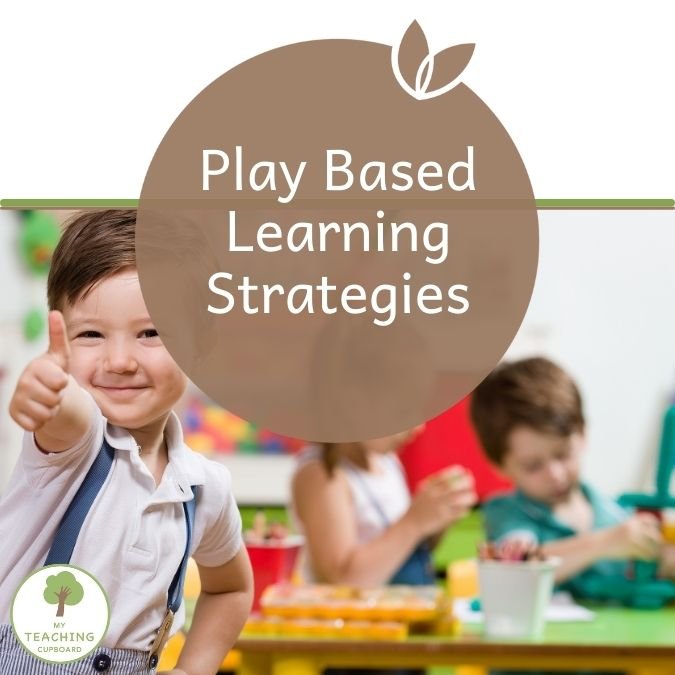
“Play is essential to development because it contributes to the cognitive, physical, social, and emotional well-being of children and youth.” – American Academy of Pediatrics (2007)
There are many reasons to choose play-based strategies in your classroom. Beyond the enhanced cognitive benefits of play and its ability to create meaningful, lasting learning experiences, play also fosters a love for discovery that extends well beyond the classroom.
Yes, your students will still meet academic benchmarks AND they will become independent thinkers, confident communicators, and lifelong learners. Play is a powerful tool!
Creating a Play-Rich Environment
A thoughtfully designed play-based environment is crucial for fostering exploration, creativity, and collaboration.
When children enter a space tailored to their needs and interests, their natural curiosity takes over. A carefully created environment ensures deeper learning and engagement. So let’s explore how you can create a dynamic, play-rich environment that meets your curriculum goals and supports every child’s development.
Setting Up Engaging Play Areas
Designing diverse, engaging play zones in your classroom ensures that all children have access to meaningful learning experiences. Each area should encourage exploration, inspire creativity, and align with your curriculum goals.
Here are some key areas to include:
Dramatic Play Corner: Stock this space with props for role-play and imaginative play. This area builds oral language skills, fosters creativity, and enhances social-emotional learning. You can add costumes, themed objects (like a doctor’s kit or a post office setup), and environmental print.
